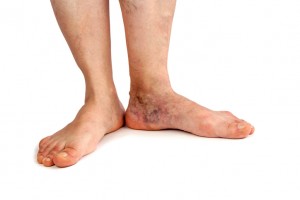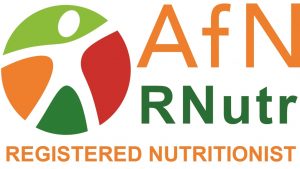Deep vein thrombosis (DVT) typically affects around one person in every 1000 in the UK and is most common in the over 40s. It’s a blood clot that develops within a deep vein in the body and commonly occurs in a larger vein that runs through the muscles of the calf and thigh.
Pain, swelling and tenderness – usually in your calf
- A heavy ache in the affected area
- Warm skin in the area of the clot
- Red skin particularly at the back of your leg below the knee
As well as age there are a number of other risk factors comprising:
- Family history of blood clots
- Being inactive for long periods
- Being overweight
Treating DVT usually involves taking some medications. It’s therefore much better to avoid DVT in the first place, and one of the ways to do that is by taking regular exercise whether you’re working at home, in the office or travelling for business.
Regular exercise can be as simple as sitting less. Set a timer on your watch or phone to remind you to get up and move every 60 minutes. Whether you’re working at home or overseas there’s really no reason why you can’t get up and move around every hour or so. Don’t be embarrassed to stand up and walk around the room during a meeting – it will stimulate blood flow to your legs and your brain!
 Don’t use not having access to a gym as an excuse not to work out when you’re travelling. Get out for a brisk walk or a run before breakfast. Even dancing around your hotel room counts as a workout session! The key is to find an activity you enjoy.
Don’t use not having access to a gym as an excuse not to work out when you’re travelling. Get out for a brisk walk or a run before breakfast. Even dancing around your hotel room counts as a workout session! The key is to find an activity you enjoy.
If you’re serious about your fitness, invest in a personal trainer. Not only will that keep you accountable at home, but your personal trainer will also be able to design appropriate workouts for when you’re working away too.
If you regularly travel overseas for business, you should be aware that on long-haul flights your risk of DVT increases. Fortunately, there are two elementary things you can do to mitigate that risk:
- Stay hydrated by drinking water and avoiding alcohol
- Perform simple seated leg exercises
All the major airlines offer in-flight exercise programmes aimed to reduce tiredness, stiffness and sluggish circulation. The exercises are doable by anyone and here are 3 of the best:
- Calf raises. Keep your foot in line with your knee and hip. Push your toes and ball of foot into the floor and hold for 5 seconds, lower and push your heel into the floor for five seconds. Repeat five times.
- Ankle circles. Lift your feet and draw circles with your toes rotating one foot clockwise and the other counterclockwise. After 20 seconds reverse the procedure.
- Knee lifts. Lift your right knee by contracting your thigh muscles, hold for a few seconds and lower. Repeat 15 times and then do the same with your left knee.
According to NICE (National Institute for Health and Care Excellence), the “absolute risk of an individual developing a travel-related DVT remains low even if they are classed as being at relatively moderate or high risk”. However, the advice is still to “avoid periods of prolonged immobility”.
So in addition to performing your seated leg exercises move around when you can. Take short walks up and down the aisle when safe to do so and use stopovers as an opportunity for a brisk walk around the airport facilities.
© Extravitality 2017





























